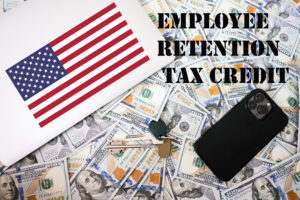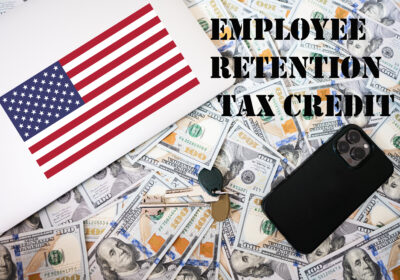What is ERC Credit? ERC vs. PPP

The Employee Retention Credit (ERC) program – also referred to as Employee Retention Tax Credit (ERTC) – emerged as a vital lifeline during the COVID-19 pandemic. Designed to support businesses impacted by COVID-19, it incentivizes employers who retained their workforce amid economic disruptions. When comparing ERC vs. PPP, it’s easy to get confused. The ERC credit program provides tax credits to prevent lay-offs. In contrast, the PPP has offered forgivable loans so businesses can cover essential (eligible) operating expenses such as payroll, rent, mortgage payments, and utility bills.
Today, businesses can no longer apply for PPP loans. However, they can still retroactively file for unclaimed 2020 and 2021 tax credits from the IRS for ERC. 2023, 2024, and even part of 2025 will continue to see eligible applications flow in. Unfortunately, there’s a lot of misinformation about ERC eligibility and guidelines – even from well-intentioned sources like lawyers, accountants, and other business owners. This can leave many employers confused about how to qualify for ERC. In turn, they may inadvertently be leaving money on the table because business owners can think they aren’t eligible or the program isn’t for them.
Now, we don’t want you making assumptions or decisions based on bad information. At HeadcountERC, ERC is our sole purpose. Working on the Employee Retention Credit program day in and day out, we see lots of misunderstandings around ERC tax credit eligibility. We’re going to dig into some of these employee retention credit FAQs as related to ERC and PPP. Let’s help you uncover the truth and capitalize on the potential opportunity to put money back into your pocket – hopefully well before the Employee Retention Tax Credit deadline comes knocking!
Dispelling the Myths About Employee Retention Credit and PPP
#1: Businesses That Received PPP Are Ineligible for ERC
False. Businesses can absolutely apply for Employee Retention Credit even if they received payment under the PPP. That was not the case when the programs were launched, though; initially, employers could only pick one of the programs. But after the enactment of the Consolidated Appropriations Act of 2021, companies were provided with more flexibility, allowing them to potentially benefit from both monetary aids. However, bear in mind that – among other factors – the PPP payment amount that you used on payroll may affect the payment ERC amount that your business is eligible for.
#2 Qualifying Expenses for ERC and PPP Are the Same
False. However, these expenses may overlap to some extent – for example, in payroll costs. Thus, you need to understand how they are calculated to make sure you’re not double-dipping. Simply put, you ought to make sure you’re not claiming ERC on wages that were paid with PPP funds. Let’s say you had $100,000 in payroll expenses, for instance, and a PPP loan was used to pay 60% ($60,000) of these expenses. This would mean you can only use the remaining 40% ($40,000) of your payroll expenses to calculate your ERTC. Basically, in most cases your qualified wages for employee retention credit will be the portion of payroll paid ‘out of your pocket’.
#3 Businesses That Were Not Eligible for PPP Are Also Not Eligible for ERC
False. Even though Employee Retention Credit and PPP programs share the same legislative parentage, each program is distinct, with its own set of rules and eligibility criteria. The IRS ultimately determines who qualifies for ERC. In essence, though, not being previously eligible for PPP doesn’t automatically disqualify you for refundable tax credits. It’s essential to consult with an Employee Retention Credit company or a tax professional when in doubt to understand eligibility requirements and ensure accurate application.
It’s Time to Reap the Benefits of Employee Retention Credits
If you had previously applied for a forgivable PPP loan, there’s no reason not to file for Employee Retention Credit. The ERC is a chance to recover the financial losses you might have incurred during the pandemic and set your business up for success. Unfortunately, Employee Retention Credit filing is not as easy as just checking a few boxes, giving a couple of sentences of explanation, and expecting the government to write you a check for IRS ERC credits. Navigating through the paperwork can be a complex, time-consuming process! The good news? You don’t have to do it alone. You can always seek Employee Retention Credit help from a knowledgeable third party to ensure the process is seamless and successful. Headcount ERC can be that helping hand you need. The best part is, you don’t pay us a single cent until you get your ERC money! Contact us today to see how we can help you seize this ERC tax credit opportunity to reclaim thousands of dollars for your business.
HeadCount ERC Contact Info
Get in touch with HeadCount ERC:
Follow Us On Social Media:

